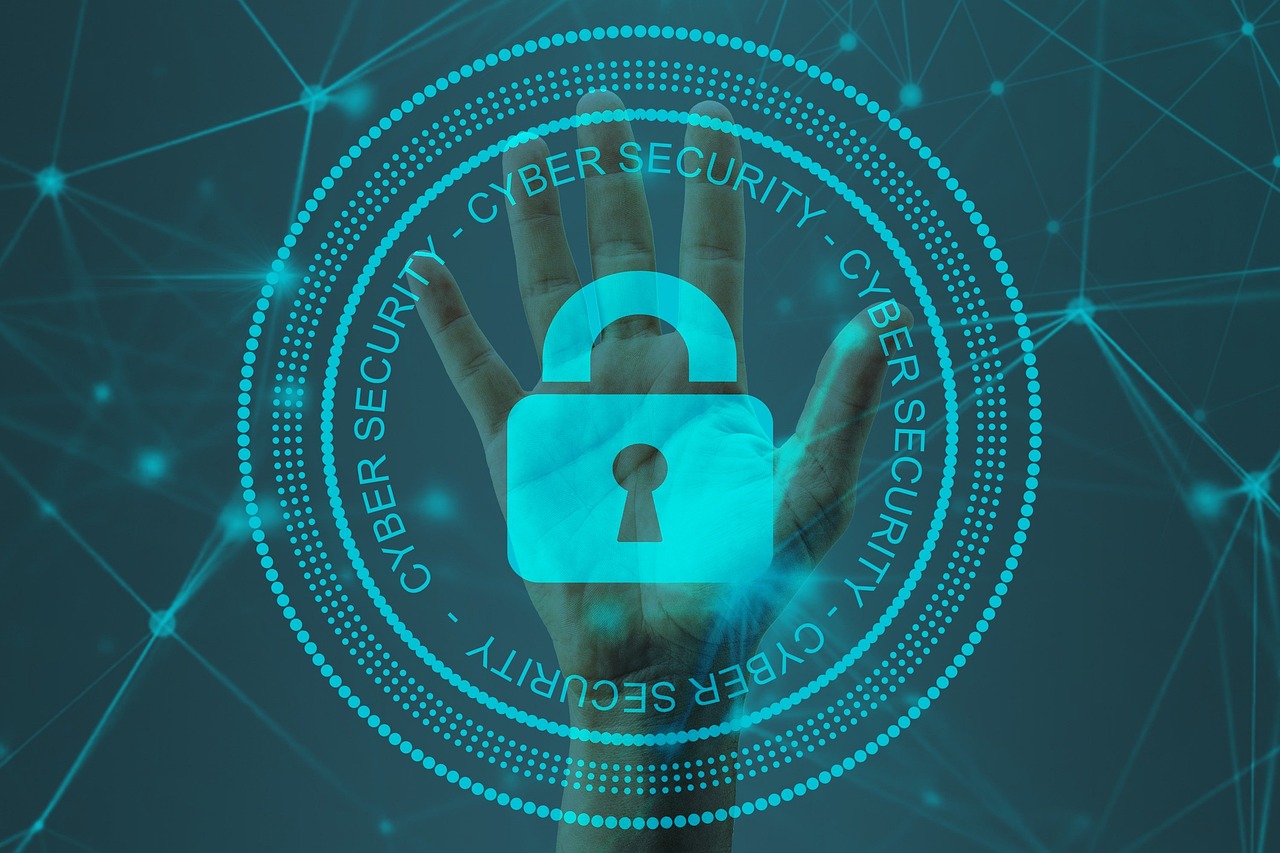-
Get Cloud GPU Server - Register Now!
Toggle navigation

Security in cloud security and for cloud infrastructure is a shared responsibility, often between the cloud solution provider and the user/customer. Each party has specific responsibilities, and some cloud infrastructure security responsibilities vary depending on the cloud service model: SaaS, IaaS, or PaaS. The provider is responsible for safeguarding the cloud infrastructure itself. This article details the best practices for security in the cloud?
Overall, encryption remains one of the best ways to secure cloud infrastructure. There are encryption ways often offered by the cloud provider:
Data in the cloud, or cloud hosting, is at high risk of interception when it is on the move. This is where end-to-end encryption comes in for cloud security of critical data. Users can either encrypt their data before storing it on the cloud or use the cloud provider’s encryption service.
Many cloud breaches come from basic cloud infrastructure vulnerabilities like misconfiguration errors. Preventing such errors can vastly decrease your cloud infrastructure security risk. You can either do the configuration alone or contract a separate cloud security provider. Some of the principles of configuration are:
Always make sure you configure your cloud infrastructure to the best of your security needs.
Containers are vital in cloud computing, facilitating seamless deployment and management of applications across various environments. As the digital world advances, ensuring container security is no longer a choice but a necessity. By implementing stringent access controls, regularly updating and patching containerized applications, and leveraging advanced security tools, organizations can fortify their cloud infrastructure.
Cloud compliance (standards, laws, and regulations) aim to protect consumers’ data and offer general guidance for organizations to secure sensitive data. Your cloud infrastructure needs the right security tools and controls for IT compliance to protect your organization from losing millions in fines (such as in case of a data breach).
Cloud computing providers must align with the industry’s compliance requirements, but you also must check and confirm that your data processes are security and cloud compliant. This means you must first identify the standards pertaining to your industry and check if the cloud providers offer them. If not, you may need to find a different provider.
Regularly allow a third-party (independent) cloud security provider to audit your cloud security. Auditors will gather evidence through inquiry, observation, physical inspection, re-performance, or analytics to test the cloud environment.
Cloud security audits focus on the organization’s security controls rather than the cloud provider’s responsibilities. It checks the technical, operational, and procedural protections you (the organization) use to safeguard your cloud infrastructure and data.
The cloud auditor then recommends improvements to keep the cloud infrastructure secure. The cloud security audit will also verify that cloud systems are aligned with the compliance regulations, security benchmarks, and industry standards.
Cloud infrastructure is high risk and a target for hackers and other unauthorized entry trials. You must take steps to ensure your cloud infrastructure is secure and does not expose your data or that of your customers. Above all, ensure the cloud provider is compliant with the laws and regulations and conduct regular cloud security audits to keep safe.